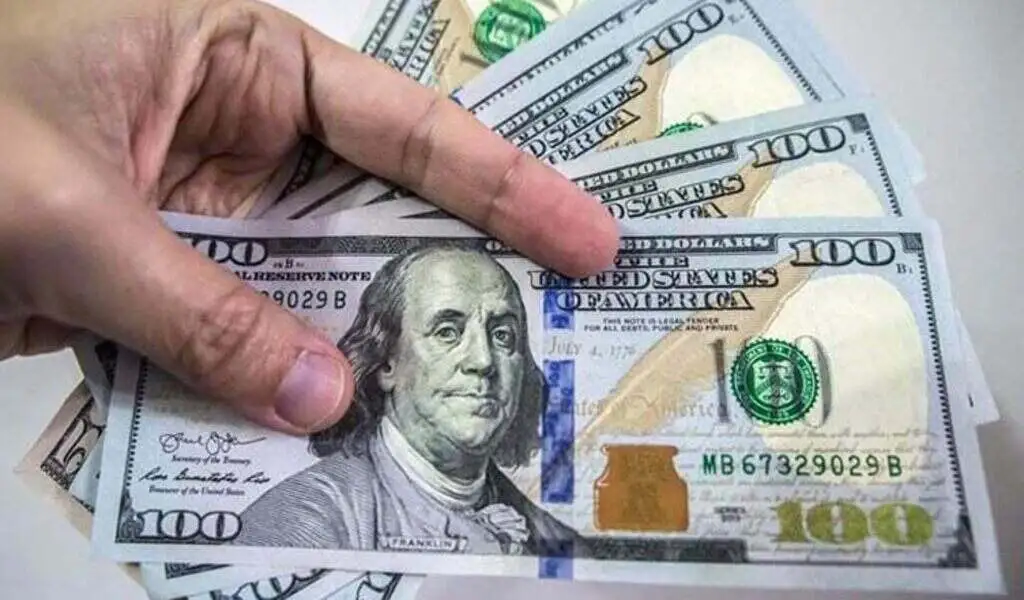(CTN News) – On Friday, the dollar weakened against a range of currencies due to reports of stable business activity in the United States during November. However, there was a decline in private-sector employment, which was in line with predictions of an economic slowdown in the fourth quarter.
The trading of currencies remained within a limited range, as the US markets closed early following the Thanksgiving holiday.
Michael Brown, a market analyst at Trader X in London, commented on the situation, stating that the market was exceptionally quiet as expected after Thanksgiving. He noted that liquidity was still relatively low and trading volumes remained on the lighter side.
The flash US Dollar Composite PMI Output Index remained steady at 50.7 this month, according to S&P Global. Despite a decline in manufacturing, the services sector experienced a slight increase in activity, balancing out the overall performance. A reading above 50 signifies growth in the private sector.
The decline in order growth has led to companies reducing their workforce, as indicated by the employment index in the survey dropping to 49.7, marking the first contraction since June 2020 from the previous reading of 51.3 in October.
The improvement in the labor market will support the Federal Reserve’s efforts to combat inflation.
According to a note by Jane Foley, senior FX strategist at Rabobank, economic data has been providing substantial evidence of a cyclical downturn in the United States.
The US dollar index fell by 0.4% to 103.35, nearing a 2-1/2-month low of 103.17. It experienced a 0.5% decrease for the week, following a 1.9% decline the previous week.
This poor performance suggests that the Federal Reserve may start reducing rates next year. Meanwhile, the Japanese yen remained stable at 149.45 against the dollar, after strengthening due to slight growth in Japan’s core consumer price in October.
Investors’ views were reinforced by data suggesting that ongoing inflation could prompt the BOJ to withdraw monetary stimulus soon. ING economists predict the BOJ will move away from its accommodative stance next year, potentially abandoning the yield curve program in Q1. They expect the bank to raise interest rates in Q2 2024 if wage growth continues to accelerate.
Govt. data released on Fri. showed that the nationwide core CPI, excluding fresh food Dollar costs, rose by 2.9% YoY in Oct., falling slightly short of the 3.0% expected by economists.
The euro strengthened by 0.39% against the Dollar USD to reach $1.0946 following confirmation of an initial estimate published in late Oct. indicating a slight contraction in Germany’s economy during Q3. Additionally, data showed that German business morale increased for the third consecutive month in Nov.
The single currency paused its upward momentum on Thursday after a surge in response to positive news about Germany’s recession. Sterling rose by 0.57% to its highest level since September, thanks to British companies returning to growth.
Bitcoin also saw a rise of 1.14% to reach its highest level since May 2022, driven by filings for spot bitcoin and ether ETFs.
SEE ALSO:
Ex-Binance CEO Seeks UAE Return Before Sentencing, Defying US Justice Department.






